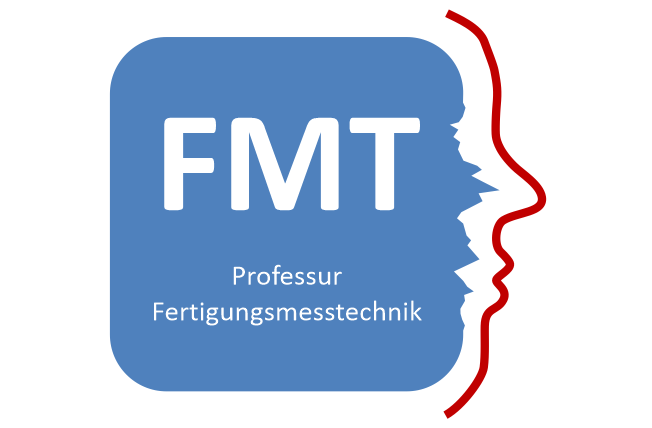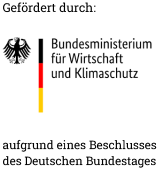



Development of a maturity-based roadmap for the integration of Geometric Product Specification in SMEs
Information about the project
Starting situation
In the last 25 years or so, the entire tolerancing of components as well as the associated drawing entry has been extensively reformed and further developed by the GPS system. This system ensures the complete and uniform description of the geometry of products. In the process, fewer than 40 individual standards existed until 1996. Since then, numerous standards have been added, so that there are currently just under 150 valid standards and a further 20 in revision. This high rate of revision is a major challenge, and not only for SMEs. For example, the central standard for geometric tolerancing, ISO 1101, was revised and expanded in 2011, 2014 and again in 2017. The overall system has thus taken on a complexity and dynamism in recent years that is neither manageable nor efficiently usable for experts and companies.
The still existing, historically grown, traditional approaches for describing geometry are far from sufficient today to meet quality requirements and to define error-free, function-oriented properties. Their application leads to considerable additional costs due to ambiguities, unnecessary discussions and are not a sufficient basis for current and future production methods.
Unambiguous specifications require geometric tolerancing with the definition of tolerance zones in a reference system in connection with the consideration of fundamental rules, such as the principle of calling or independence, defined in ISO 8015.
Aim of the project
The aim of this research project is to develop methods and procedures for the integration of Geometric Product Specification in practice by means of a maturity-based roadmap. These methods and procedures are especially adapted to the requirements of SMEs and thus a lived GPS system is achieved across the board.
Solution approach
A roadmap with the following focal points will be developed:- User-oriented and practical integration
The requirements are to be defined, similar to the introduction of a QMS or PPS system, taking into account the interested parties, context of the organization, scope of application, processes and their interactions, customer orientation, risks and opportunities, knowledge of the organization as well as all documented information. For this purpose, it must be clarified in which processes the conversion to the GPS system will intervene and how these are to be prepared or restructured accordingly. Thus, the basics are worked out to what extent which GPS contents are relevant in a company for which departments/persons. - Synergy of training and gradual integration
The multi-layered system of standards is to be grouped with regard to training focal points to be differentiated. Based on this, overarching and specialist group-specific content will be elaborated and a prioritization of the training content per specialist/target group will be developed. The contents of the individual standard sheets are clustered according to their general importance for the system as well as the respective content-related objectives. - Methods for self-assessment of the maturity level of the current GPS integration
The selection of appropriate performance indicators and monitoring procedures, taking into account risks and opportunities, is crucial for the effective measurement and analysis of the status of GPS system implementation. In principle, established processes and documents exist in every company that will be significantly changed by the integration of the GPS system. By analyzing the current status, the outstanding integration steps and training content to be mastered can be expressed in a maturity level using key performance indicators (KPIs). The aim of this is to evaluate the success of the change process at each stage of GPS integration, starting with the benefit analysis and continuing through the decision-making process to the full integration itself, and to derive appropriate individual follow-up measures.
Benefits for the company
Clear tolerance using the GPS language reduces the scope for interpretation along the entire value chain, simplifies cooperation with customers and suppliers, and sustainably secures economical production. The planned level-based structuring of the GPS system will enable SMEs to integrate the system in a way that is appropriate to their specialist groups and users, even without any additional personnel or financial outlay, and to engage in active knowledge management. Furthermore, training concepts including the necessary mediation strategies will be developed, which will be applied on all levels (further education, higher education). The GPS introduction is to be accompanied and reported by means of a maturity model.
Project plan
Work package 1 - Systematization of requirements
- Preparation of level-based implementation strategy: goals, indicators
Work package 2 - Development of training concept
- Systematization according to specialist groups and users
- Subdivision of the specification into sub-process steps, derivation of placement strategies, level/stage-based
Work package 3 - Identification and integration of process step-related GPS content and development of a maturity model
- Link clustered GPS content to the sub-process steps of the product creation process
Work package 4 - Development of the staged integration guide and roadmap
- Presentation of the process model as an integration guide
Work package 5 - Verification and validation
- Optimization of the integration guide and presentation as a roadmap
Work package 6 - Committee work and transfer
- Transfer of the results, publication
- Lessons Learned
